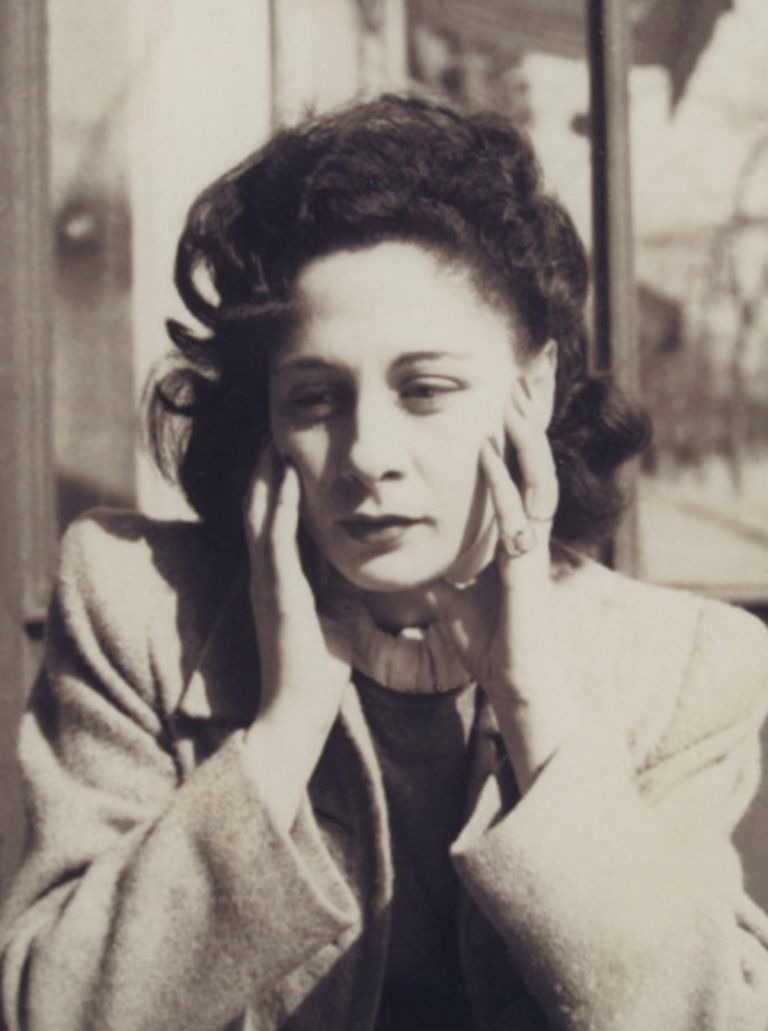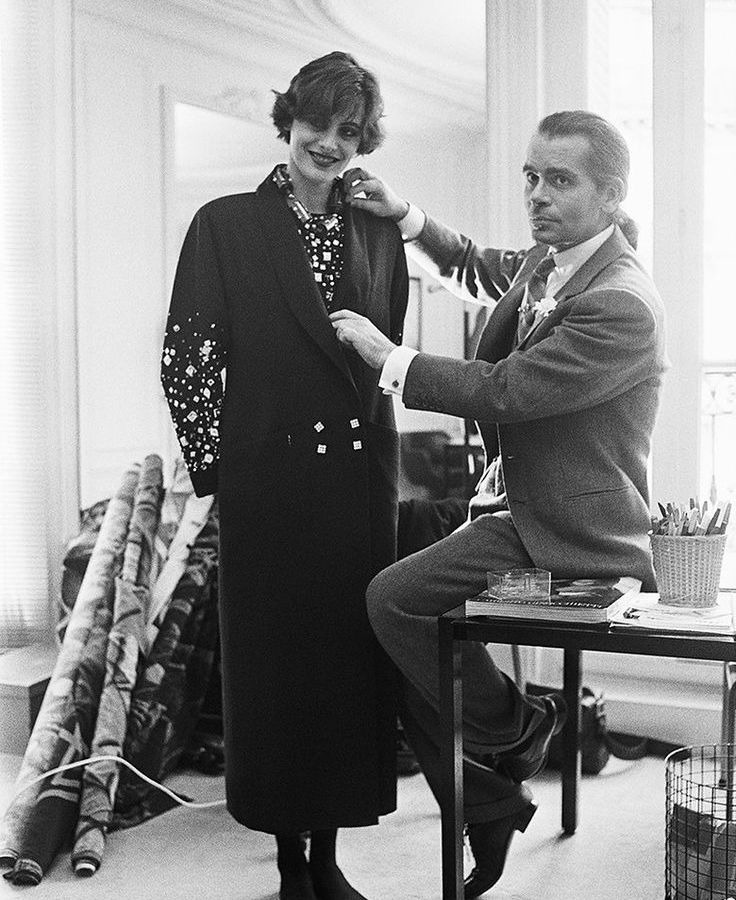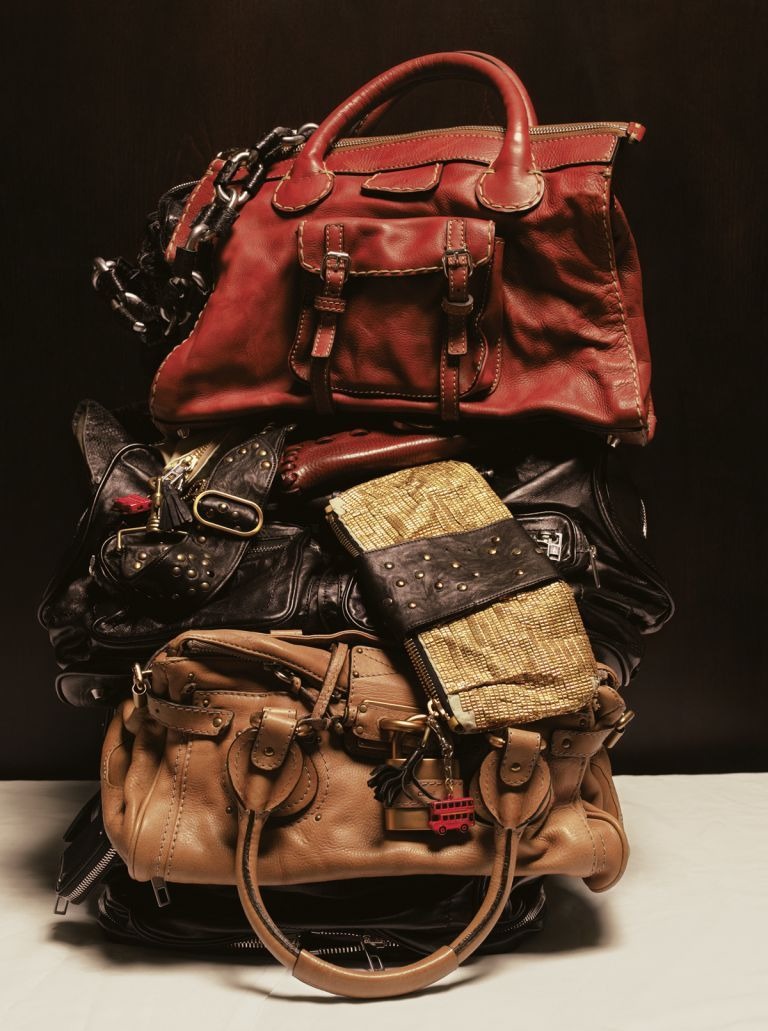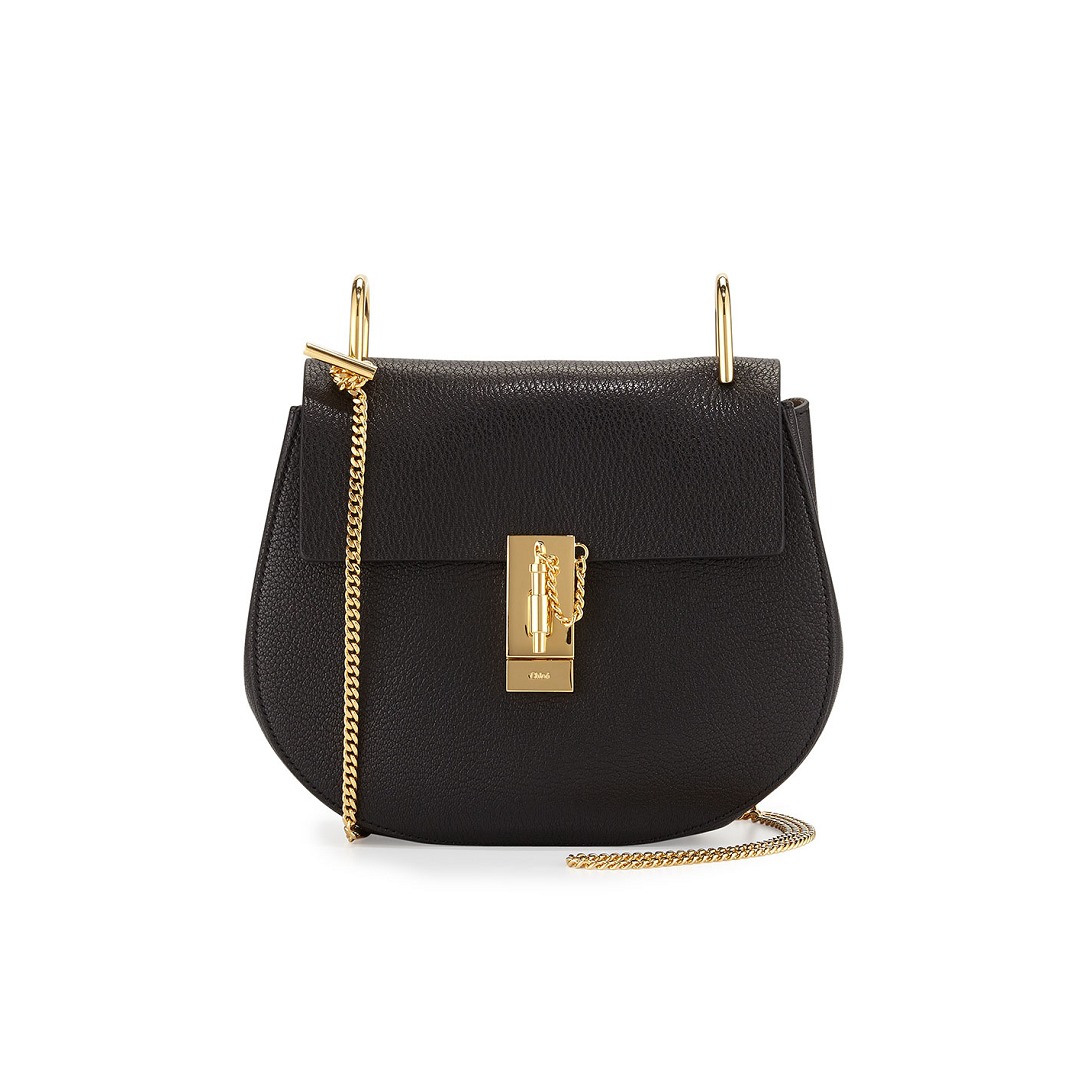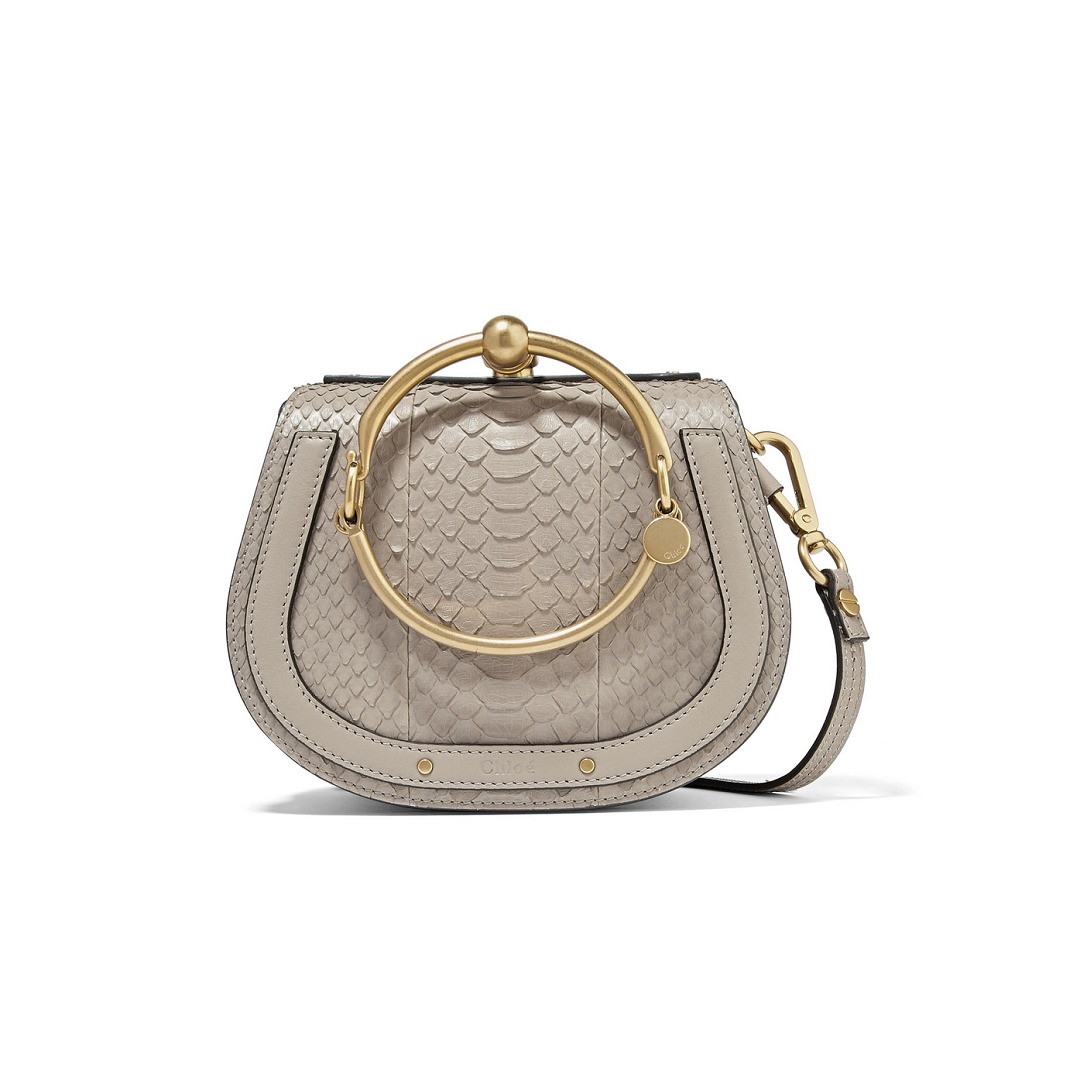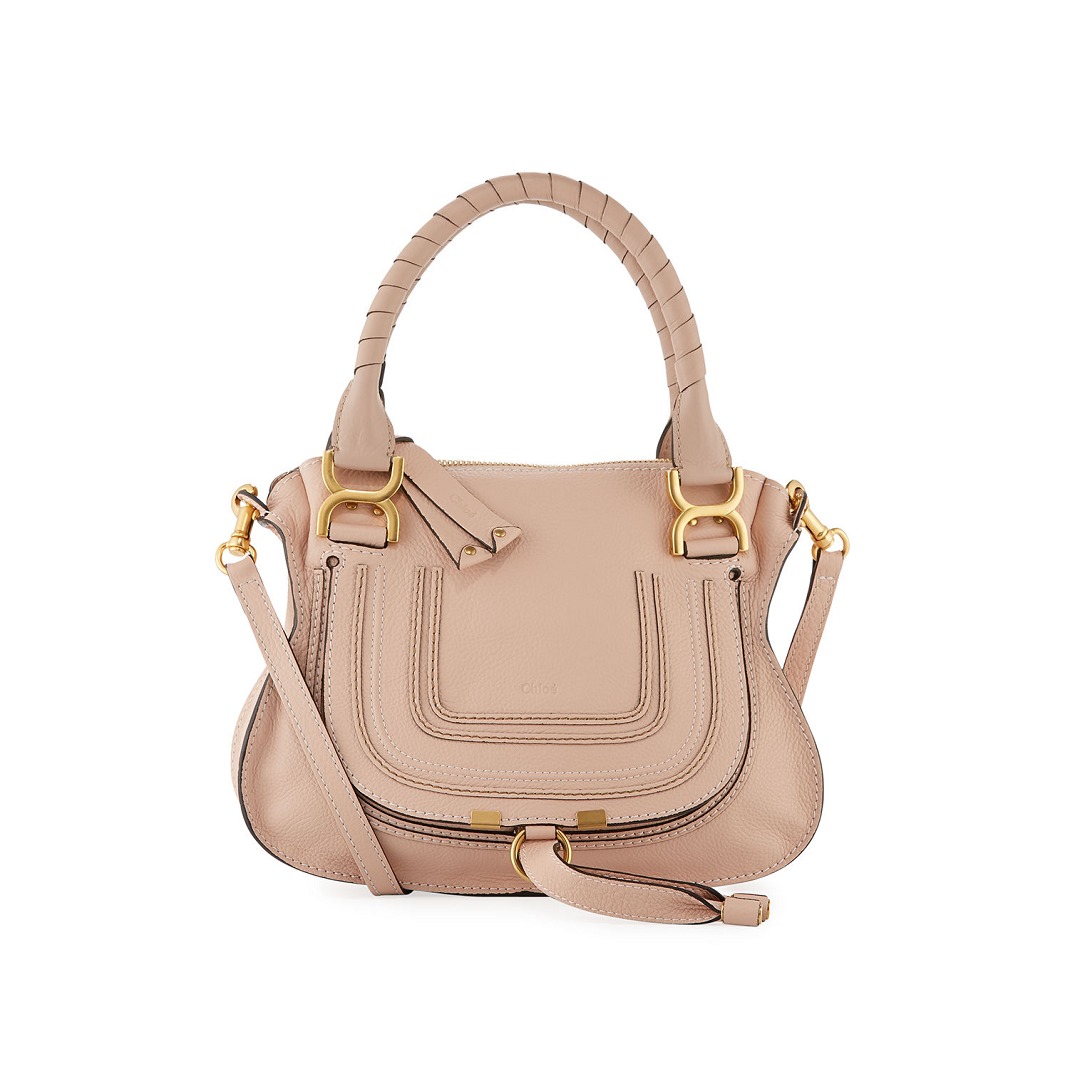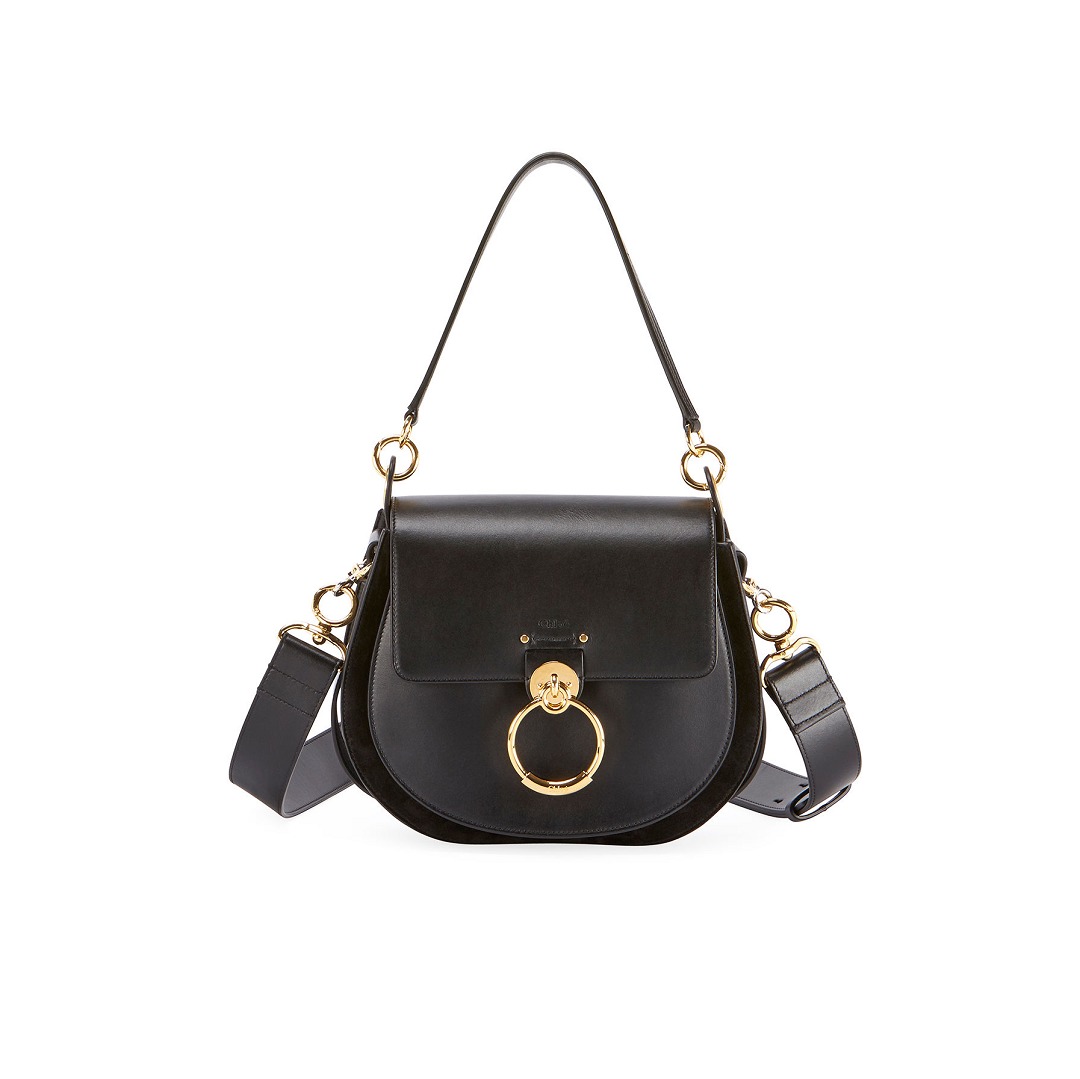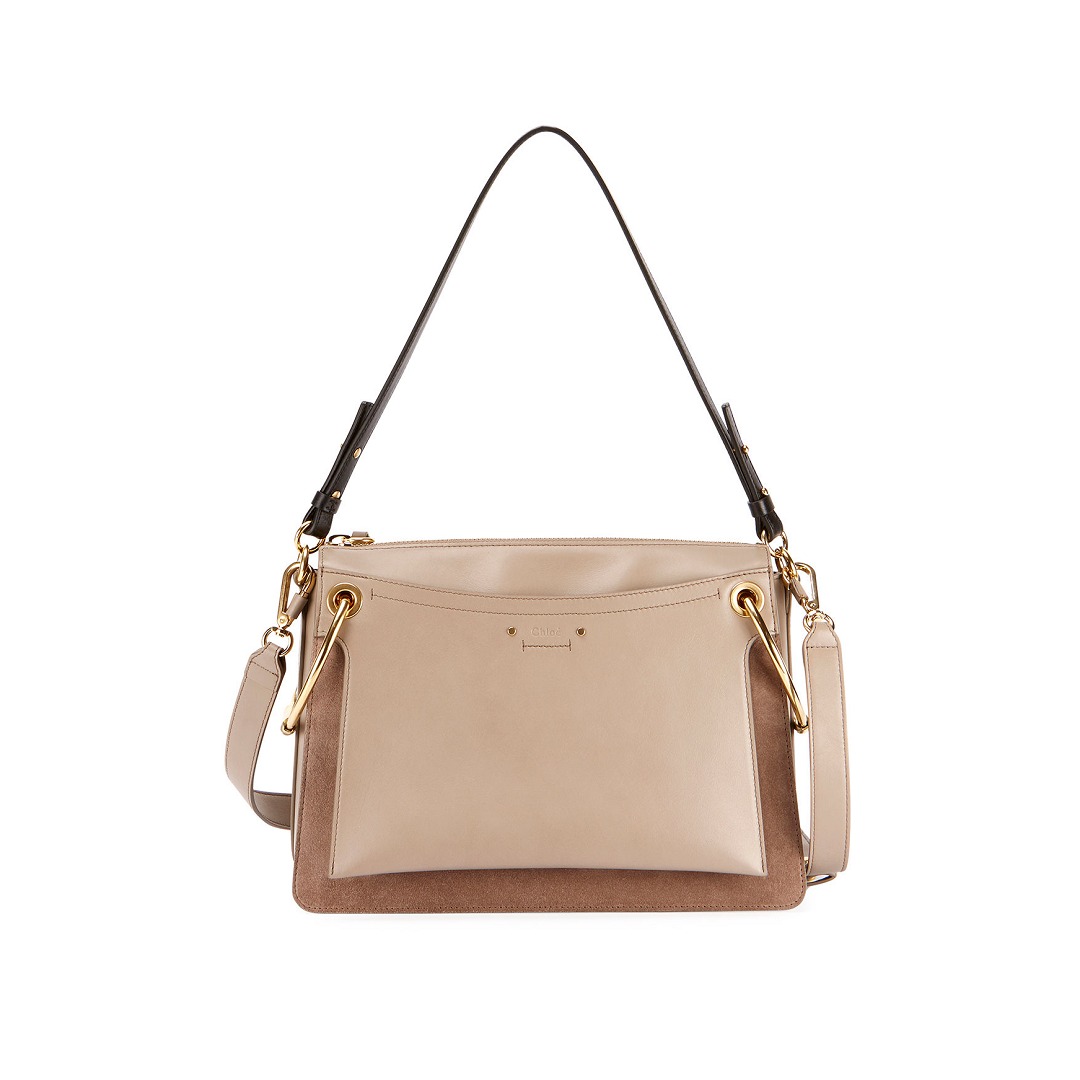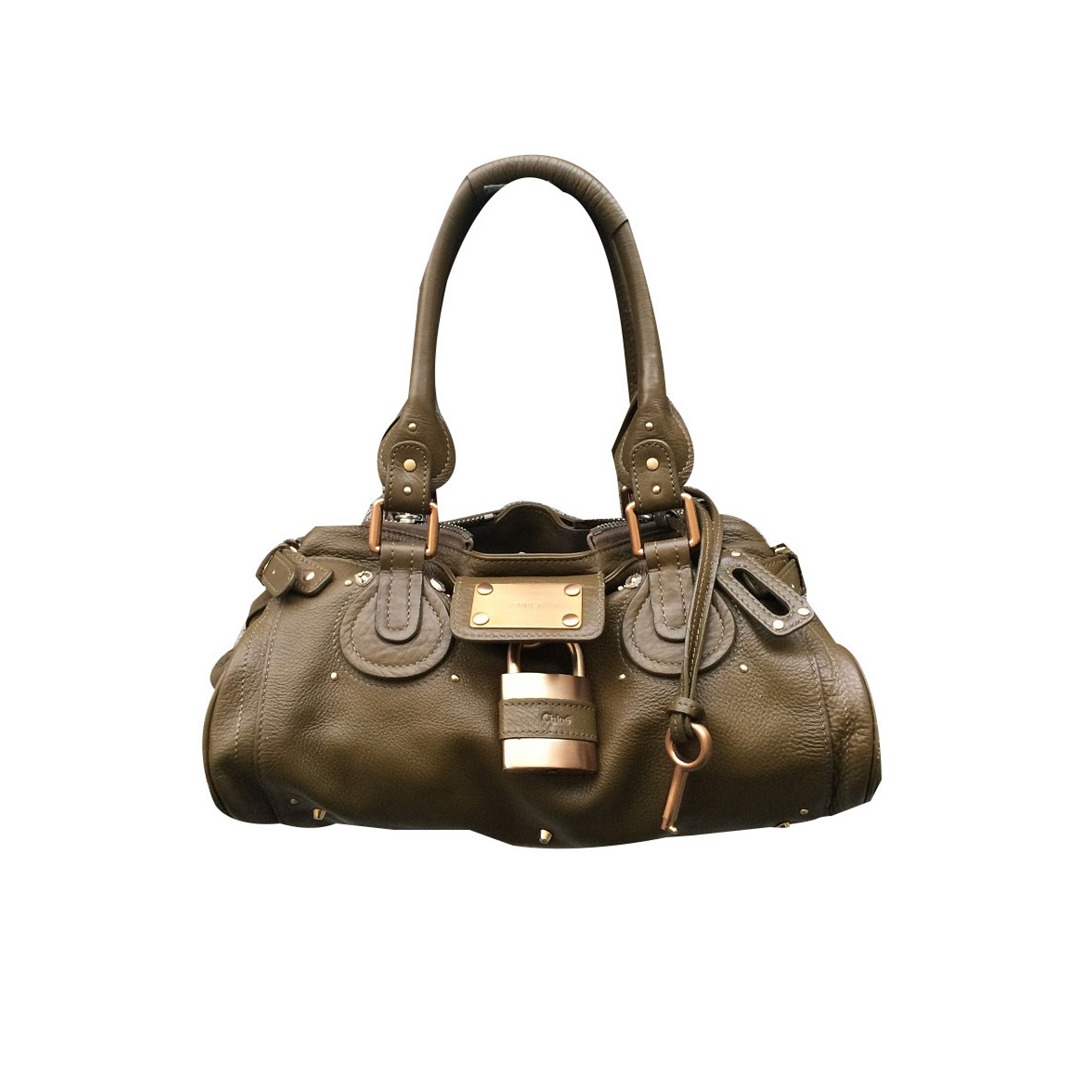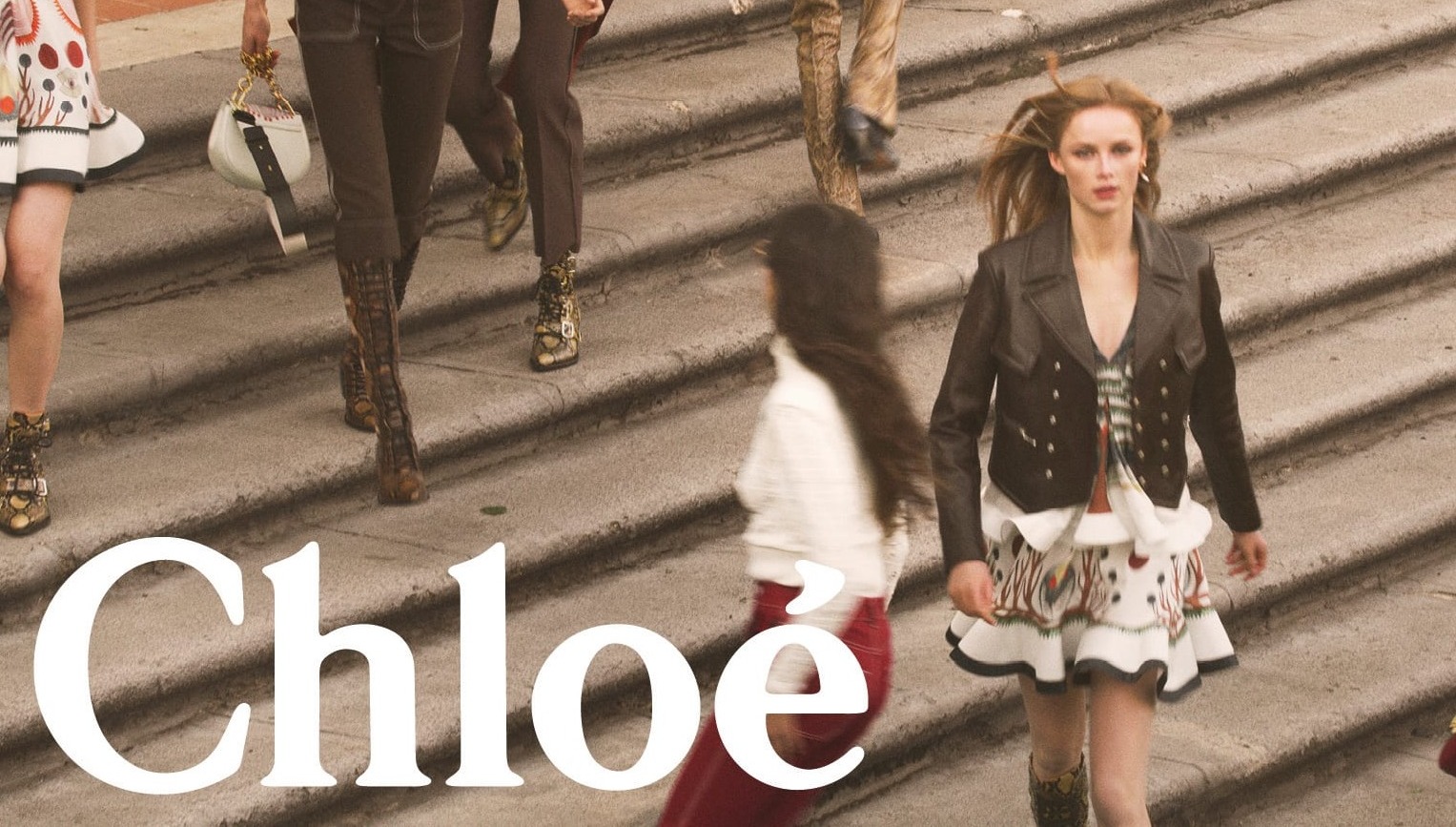
1952
Gabriella Aghion
Paris, France
Richemont Group
Gabriela Hearst
Brand History
Chloé, founded in 1952 by fashion designer Gabriella Aghion in Paris, France, is a luxury brand known for its ready-to-wear collections and various accessories such as handbags, leather goods, footwear, jewelry, and perfume. The brand’s first iconic handbag was the Paddington bag.
Gabriella Aghion (1921-2014) was born in Alexandria, Egypt, into a wealthy family. At age 24, she moved to Paris with her husband Raymond Aghion. Seeking financial independence, she decided to pursue a career in fashion design.
In the early 1950s, recognizing the growing demand for affordable yet stylish clothing, Gaby Aghion introduced the concept of ready-to-wear (prêt-à-porter), founding Chloé—one of the world’s earliest ready-to-wear brands—in 1952. The name “Chloé” comes from that of her friend Chloé Huymans.
In 1953, business partner Jacques Lenoir joined the company to handle operations, while Gaby focused on design. She aimed to create elegant, modern garments using high-quality fabrics, moving away from the rigid styles of haute couture.
Chloé held its inaugural runway show in 1956 at Café de Flore, a café frequented by artists and intellectuals in Paris. By choosing a Left Bank café instead of traditional fashion venues, Gaby emphasized the youthful energy of the brand.

Starting in 1958, Chloé hired several young designers like Gérard Pipart, Maxime de la Falaise, Michèle Rosier, Graziella Fontana, and Karl Lagerfeld. Their romantic and charming designs resonated with young women and contributed significantly to the brand’s success.
Karl Lagerfeld joined Chloé in 1964 and launched the Tertulia dress in 1965, featuring Art Nouveau patterns that set the tone for the bohemian style of the 1970s. In 1972, the brand opened its first store in the 7th arrondissement of Paris.
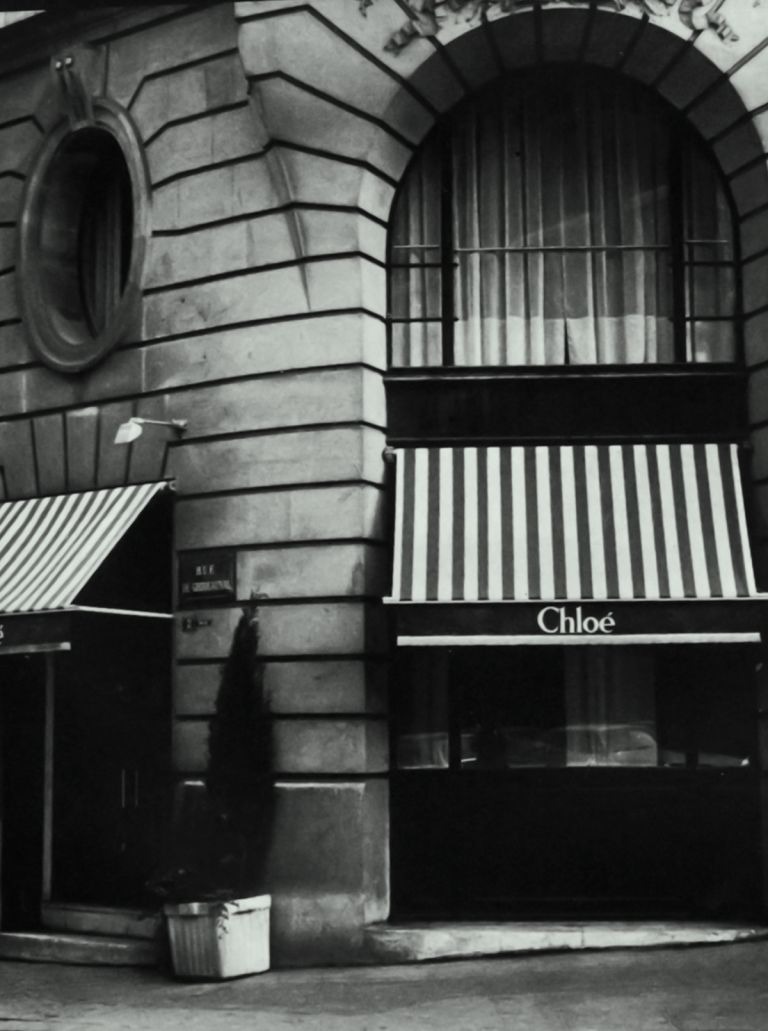
From 1974 onwards, Karl Lagerfeld became Chloé’s sole designer, collaborating with illustrators like Antonio Lopez and models including Pat Cleveland and Donna Jordan. His flowing, soft silk dresses epitomized feminine romance until he left the brand in 1984.
In 1985, Alfred Dunhill acquired Chloé (now part of the Richemont Group). Two years later, French designer Martine Sitbon was appointed creative director, continuing the brand’s graceful aesthetic with influences from men’s tailoring and cabaret costumes.
Karl Lagerfeld returned to Chloé briefly from 1992 to 1997 before Stella McCartney, then 25, took over as creative director in 2001, infusing the brand with a more edgy, rock-inspired look through retro corsets, low-rise pants, and printed tees.
Following Stella’s departure in 2001, Phoebe Philo succeeded her as creative director. During her tenure, Chloé launched See by Chloé in 2001, targeting younger consumers with affordable products.
The Paddington bag, introduced in 2005, became one of Chloé’s signature items. Made from soft leather, it featured large buckles and keys hanging from the handles, marking the beginning of Chloé’s “It Bag” era.
After Phoebe’s departure, Swedish designer Paulo Melim Andersson and British designer Hannah MacGibbon were successively appointed creative directors, introducing the Paraty and Marcie bags respectively.
The Paraty bag had a trapezoidal shape that formed a triangle when paired with its vertical handle, adorned with tube-shaped leather and metal accents reminiscent of the 1970s. The Marcie bag featured curved lines and woven handles, reflecting nomadic aesthetics.

In 2011, Clare Waight Keller became creative director, launching the Drew and Faye bags. To celebrate the brand’s 60th anniversary, the Centre Pompidou in Paris hosted the Chloé Attitudes exhibition in 2012, showcasing the brand’s archives and creations from 1960 to present.
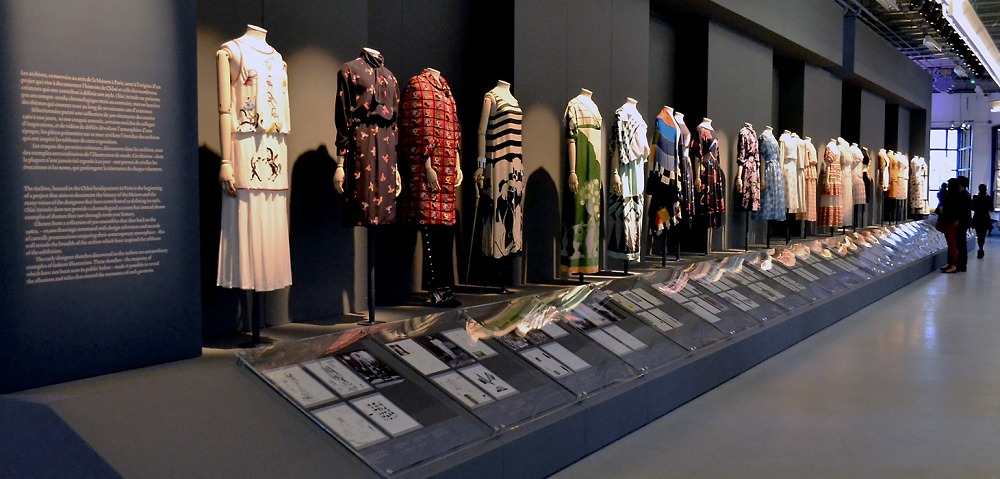
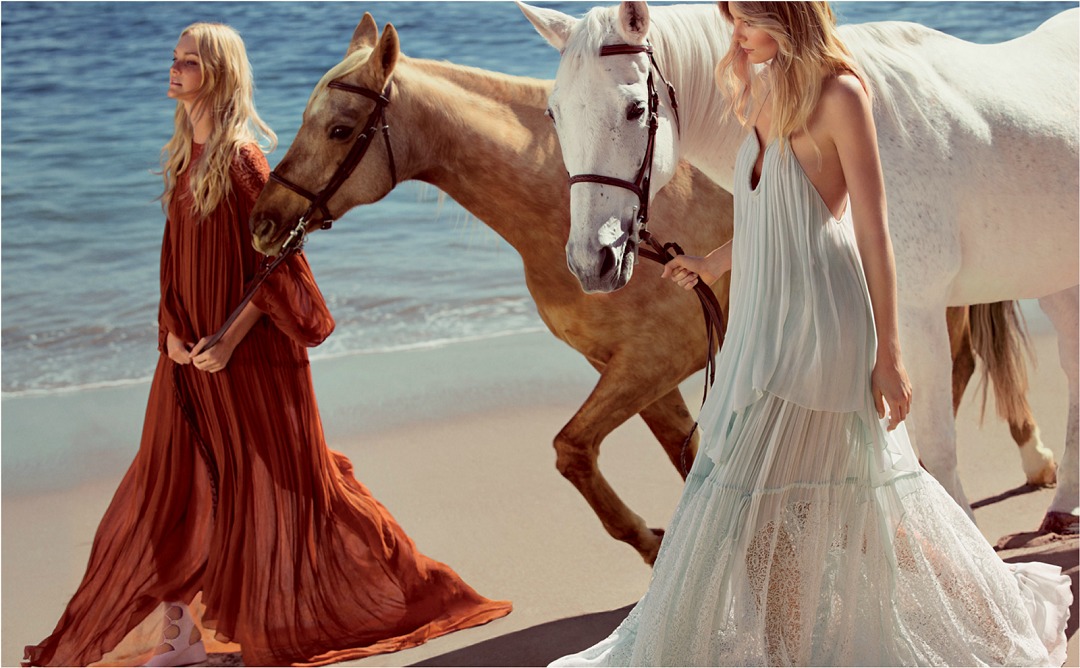
In June 2016, Chloé launched its official website, Chloe.com, entering the e-commerce market. Natacha Ramsay-Levi has been serving as creative director since 2017, introducing the Tess and Roy bags among others.
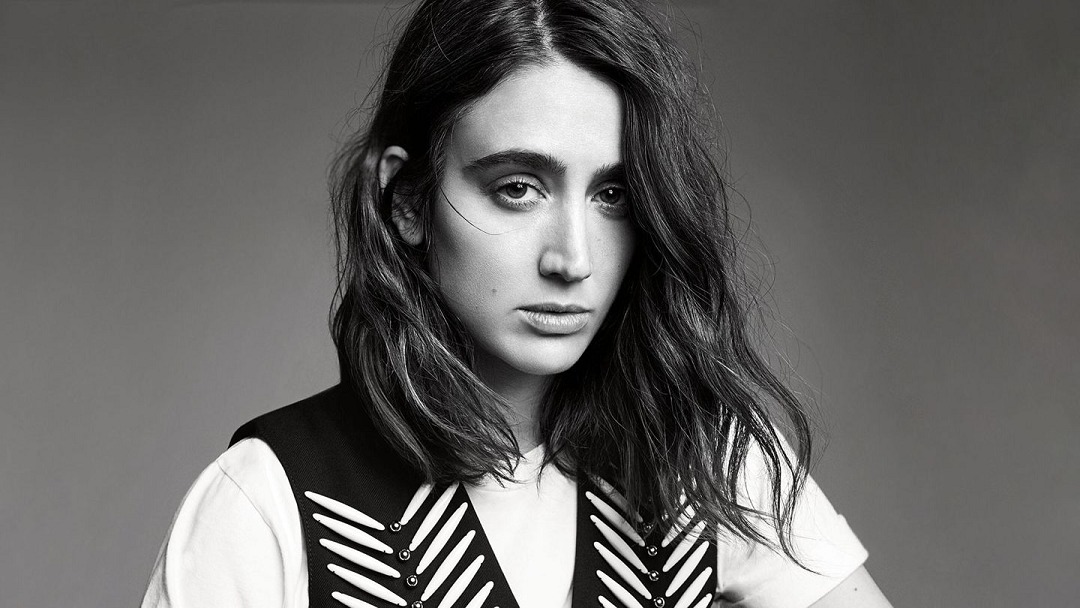
In 2020, Gabriela Hearst took over as creative director, bringing new vision and creativity to the brand.

